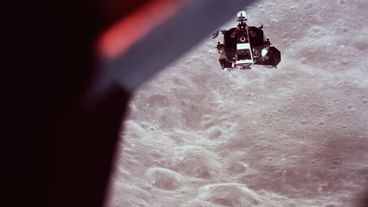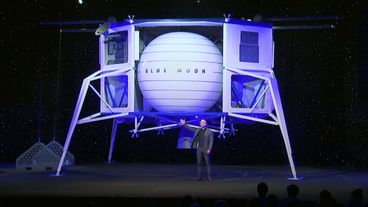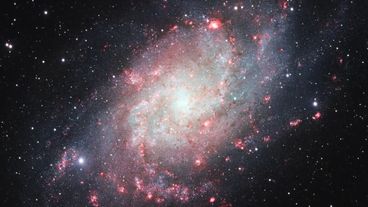uk space
NASA has announced plans for a new mission to the moon which, for the first time in history, will include women. The new mission is named Artemis, the twin sister of Apollo and goddess of the moon, and will mark humankind’s return to the moon after almost fifty years. Women have been visiting space since 1963, but all twelve astronauts who walked on the surface of the moon in the Apollo programme were men.
Who needs a beach holiday when you can have a space holiday?
Fifty years ago this week, 'Snoopy' and 'Charlie Brown' paved the way for the first lunar landing.
A meteorite has been captured on CCTV lighting up the sky in North Australia. Residents reported a flash as bright as daylight and a noise that rattled windows as the fireball landed at around midnight.
Billionaire entrepreneur and Amazon founder Jeff Bezos has unveiled a mockup of a new moon lander. Bezos, who is also the founder of rocket company Blue Origin, hopes that ‘Blue Moon’ will help the drive to establish a lunar outpost on the moon within the next five years. If successful, it will be the first time humans have set foot on the moon since 1972.
Humankind has been dreaming of the stars since legends began, and the mystery of space exploration has cemented itself in popular culture. From the pioneering astronauts in the 1950s to our first glimpse of a black hole this year, we continue to make discoveries that were once the stuff of science fiction.
How Katie Bouman made the seemingly impossible a reality.
It would take a while to count the stars in the sky but that’s exactly what scientists, astronomers and countryside campaigners want you to do. The sixth annual star count is taking place over the next month to help map light pollution in the UK. To get involved you need to go outside, count the stars in the Orion constellation and submit your results online before 23rd February. The initiative was started by the Campaign to Protect Rural England and the British Astronomical Society.
A rare “super blood wolf moon” combined three naturally occurring phenomena on January 21st, with a total lunar eclipse, a tint of red from the sun’s rays and at the same time, the moon was at its closest to the earth. People from Brighton to Buenos Aires enjoyed the rare sight, with the next one happening in 2021.
The most detailed image yet of a 40-billion-star neighbouring galaxy has been captured by the Hubble Space Telescope.





















